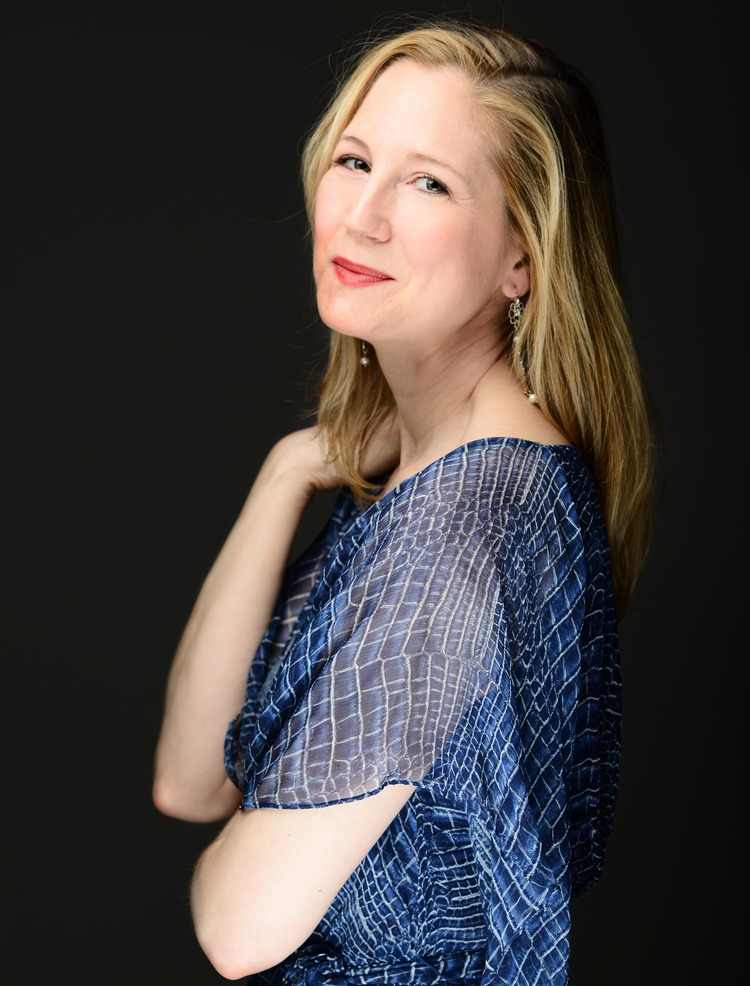The Gateway Chamber Orchestra Presents:
Mahler’s Resurrection Symphony
On April 23, the Gateway Chamber Orchestra presented Gustav Mahler’s Resurrection Symphony (No. 2, 1894) in the Mabry Concert Hall at Austin Peay State University, Clarksville. Mahler’s “Resurrection” is a rarely heard masterpiece of epic proportions—a work typical for GCO’s standard performing repertoire. Indeed, the symphony is written for a huge orchestra, chorus, soprano and alto soloists, but the CCO performed Gilbert Kaplan and Rob Mathes’ splendid adaptation for a smaller, lithe orchestra. Yet, under Wolynec’s baton, and even with a reduced orchestra, on that evening Mahler’s enchanting timbral world was manifest with a remarkable clarity, stirring the imagination.

The first movement begins with a somber funeral march that is grim and dour, in a rough-hewn key of C minor with apparitions of ghosts in the gentle references to the dies irae. Here Mahler seems to echo both Beethoven and Berlioz, but in a richer, multitextured counterpoint. The blend of the chant in the horns and the dotted figure in the strings was majestic and proud in the face of catastrophe. Leader Robert Waugh led the trumpet section through this classic excerpt with grave authority. In Mahler’s prescribed 5-minute pause after the first movement, the GCO wisely took the opportunity to (re)tune.
In his death, the hero remembers a life lived with its happy moments and others, perhaps less so. This is the topic of the second movement with its gentle ländler (a German folk dance) finding occasional pauses in sad nostalgia. Flautists Lisa Wolynec and Angela Reynolds deserve special mention for their delightful counterpoint to the string’s pizzicato second theme and Maestro Wolynec blended them quite well. It was warm and well done, however, it was in this movement that I missed Mahler’s huge orchestra—it reached for the pastoral but felt more a stylized version of the idea.
Principal Emily Crane and the rest of the strings brought out the next movement’s babbling brook with bubbling verve and a delightful col legno. An instrumental setting of Mahler’s lied Des Antonius von Padua Fischpredigt (St. Anthony of Padua’s Sermon to the Fish,”) the third movement was simply delightful creating a wonderful distraction that, as the orchestra ascended to the final frenzy—the famous “death schriek”—created a quite exhilarating effect.
The third and fourth movements, both essentially pastoral, contrast well with each other in tempo and style, but together they stand in great contrast to the spirituality of the fourth movement. The movement is an essay on the Romantic philosopher/wanderer, the Pietistic struggle for personal salvation written in the beauty of a single rose, it is one of Mahler’s most intimate and beautiful moments. Mezzo Teresa Buchholz sang with a mesmerizing timbre balanced brilliantly by the brass chorale from behind and below. Excerpt:
| O Röschen roth! Der Mensch liegt in größter Noth! Der Mensch liegt in größter Pein! Je lieber möcht’ ich in Himmel sein! |
O little red rose! Man lies in greatest need! Man lies in greatest suffering! How much rather would I be in Heaven! |
In the fifth and final movement, Mahler presents a grand and grandiose sonata form with a recapitulation realized, indeed made incarnate by the chorus. Further, the entire movement itself is a recapitulation or even a dénouement of ideas presented in the first movement—particularly the dies irae. Soprano Penelope Shumate sang beautifully, she was the hero to Buchholz’s philosopher. Douglas Rose’s chorus, immaculately prepared for yet another mammoth work this season, brought the symphony to its heights with not only a fantastic intonation, but a responsive dynamic that left the room breathless. It seems that the GCO is done for the season with this concert, but there is an event, tantalizingly titled ‘BBQ, Brews and Beethoven’ on the website. The three Bs? I’m down!



